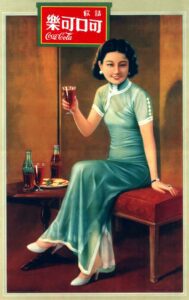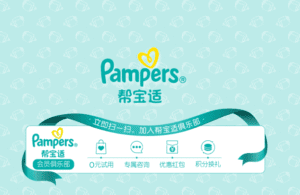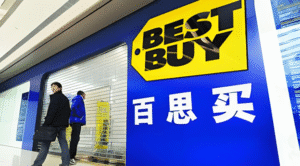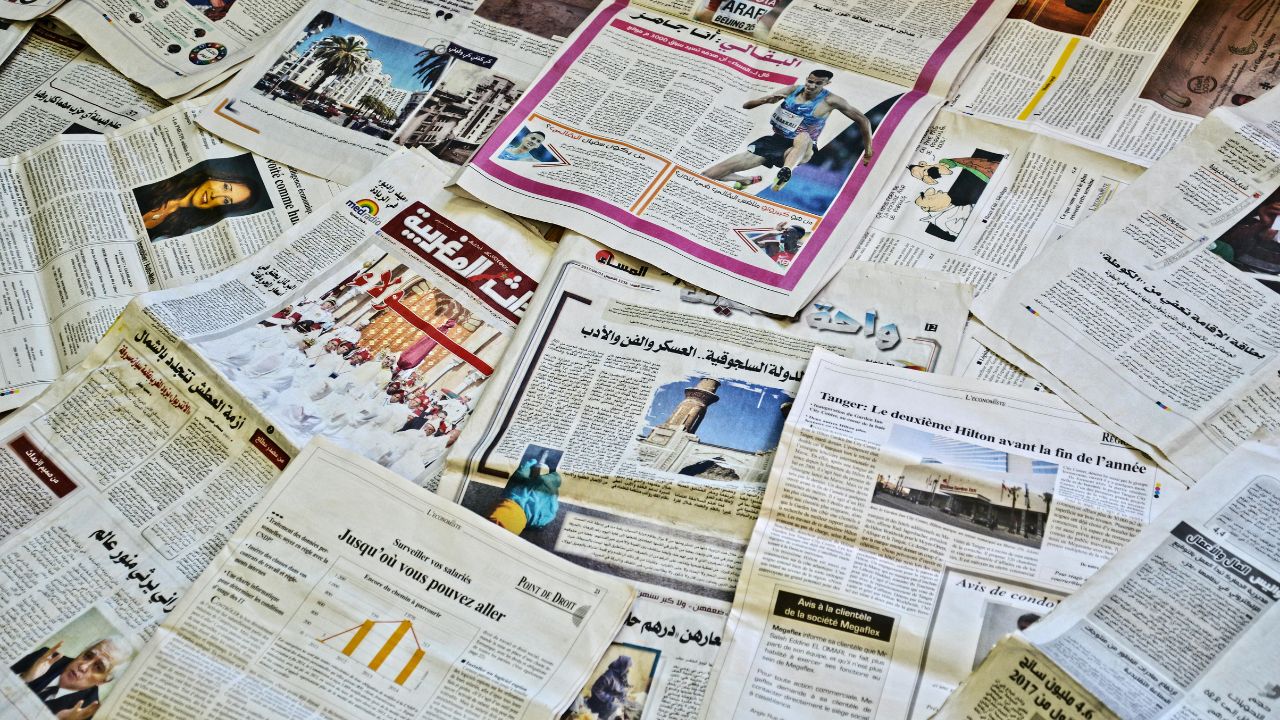by Kai Cui
In multicultural marketing, a well-crafted translation captures not just the literal meaning, but the emotion, cultural relevance, and resonance that make a brand connect with its audience. Regardless of brand names, taglines, and advertising copies, smart translation, as an artform, can be the very foundation of a brand’s success.
The Power of a Name: Coca-Cola’s Entry to China
Back to the 19th century, a notable scholar in China Yan Fu pointed that “there are three difficulties in translation: faithfulness, expressiveness, and elegance”. Although he did not set it as standards for translation, it has been regarded as a standard for any good translation since then and even till now.

Source: Coca-Cola China
One of the most cited examples of English to Chinese translation is Coca-Cola. Almost 100 years ago in 1927, the brand name was initially translated to terms that phonetically resembled “Coca-Cola”. A very unsuccessful attempt was kē kē kěn là which in written means ” tadpoles gnawing wax.” Later, Coca-Cola the Chinese characters 可口可乐 (kě kǒu kě lè). These characters not only maintain a close phonetic resemblance to “Coca-Cola,” but also translate to “Tasty and Happy” . The result? Because this is a name that feels authentically Chinese while retaining the global spirit of the brand, China becomes the brand’s first market outside the United States to achieve annual sales of more than 24 million bottles and in 1979, it became the first international brand to return to mainland China.
Pampers: Turning Brand Name to Tagline
Whoever translated the world-renowned diaper brand Pampers to Chinese has accomplished something that’s hard to imitate. Its Chinese name is帮宝适 (bāng bǎo shì) ,which phonetically resembles the English name, but guess what these 3 Chinese characters mean? It is “Help Baby Comfortable”, isn’t it surprising? As the brand name can also serve as a tagline that showcases the brand’s identity and values, Pampers diapers became one of the top-selling products in the very competitive market of China.

Source: Pampers China
Kit Kat in Japan: A Lucky Break
Similar cases also spotted In Japan, “Kit Kat” sounds like “kitto katsu” (きっと勝つ), which means “You Will Surely Win” in Japanese. This serendipitous phonetic match led to the brand being widely gifted by students during exam season for good luck. Recognizing this, Nestlé launched Kit Kat’s “Lucky Charm” advertising campaign in Japan and won the Asian Brand Marketing Effectiveness Award in 2005. With efforts like creating signature flavors like green tea, purple sweet potato and red bean to align with local tastes, Kit Kat overtook the country’s dairy giant Meiji as the top-selling confectionery in Japan from 2012 to 2014.

Source: Amazon
Best Buy’s Chinese Name Made Consumers Hesitate
When Best Buy entered the Chinese market in 2006, it adopted the name 百思买 (Bǎi sī mǎi), which was intended to sound phonetically similar to its English counterpart. However, the literal translation—“think a hundred times before buying”—conveyed a sense of caution that clashed with the dynamic, impulse-driven image of an electronics retailer. This mismatch between brand identity and cultural perception weakened its appeal to Chinese consumers. Ultimately, the disconnect in branding, along with its large stores featuring experiential consumption and high-cost, high-price operation model, which did not suit the Chinese market then contributed to Best Buy’s struggles in the market, leading to its withdrawal from China in 2011.

Source: Sohu News
Apple: Acted Quickly When Poor Translation Went Live
Apple has always been considered a marketing master, but many people in mainland China would hardly forget the translation drama when iPhone 6 launched in 2014. A company known for its innovations and creativities initially just translated the new product’s global slogan “Bigger than Bigger” word by word to Chinese as “比更大还更大” .

Source: williamlong
Undoubtedly, this line was criticized for being awkward and unclear, leading to confusion among Chinese consumers. In response to public backlash, Apple revised the slogan to “岂止于大”), which translates to “Not just Bigger.” This version was more concise and aligned better with the brand’s image, resonating well with the Chinese audience. This example underscored how a direct translation might not always convey the intended message or tone, and the need for localization that considers the nuances of the target language and culture.

Source: williamlong
Parker Pens: From Mistake to Meme
Even though they are rare, translation errors can occasionally be helpful. Parker Pens implemented a powerful slogan “It won’t leak in your pocket and embarrass you.” that was used all over the world with them when they entered the Mexican market. Unfortunately, this harmless line became far more memorable due to a mistranslation. The company translated the tagline into Spanish, “no goteará en tu bolsillo ni te embarazará” which really means “It won’t leak in your pocket and make you pregnant,” because they thought the Spanish word embarazar meant “embarrass.” But this awful mistake soon became a topic of conversation and eventually went viral. “The pen that gets you pregnant” became a cultural meme as people started making jokes about it. The mistranslated statement became a quirky trend when rumors circulated about girls carrying Parker pens in their pockets while out on dates, half in humor and half in fashion.

Source: Photo by Lukas
Key Takeaways for Translating Key Marketing Assets
Translation is now a front-line strategy rather than a back-office function in a market that values multiculturalism like Canada. The way a brand introduces itself to new audiences with new languages can, to a large extent, determine whether it lands with a whisper or a roar. Just like art, translation also involves interpretation, emotion, and connection. And here come our tips for brands thinking about speaking in other languages:
- Respect the culture, not just the language. A great translation considers local customs, taboos, and emotional cues.
- Go beyond literal. The best translations carry the spirit, tone, and promise of the brand.
- Test before you launch. Focus groups, native speaker input, and local market testing can prevent costly missteps.
- Work with local creatives. Native linguists and cultural experts can bridge the gap between brand identity and local authenticity.
If you require translation or transcreation done smartly, be sure to contact us!

